Exploring new raw materials and solutions in the bio and circular economy for industrial scale
Our Business
Biofuels are derived from organic sources like plants, crops, biomass, household and other waste and offers a promising alternative to conventional fossil fuels. With a growing concern for the environment, these renewable fuels play a pivotal role in reducing carbon emissions by up to 90%, making them an essential component of the journey towards a net zero world.
"Advancing the Future of Energy"
We believe that if we do not act now, we will have to regret it later as we have only One Mother Earth. ZR2 Group is in the fulcrum of producing various bioenergy products at scale and are also exploring options for Sustainable Aviation Fuel from biomass and waste sources.
Green Hydrogen
It is the energy of the future and is an essential tool to replace fossil fuels. Green Hydrogen is produced by breaking down the water molecule (H2O) into oxygen (O2) and hydrogen (H2) by a direct electrical current that is connected by electrodes to water. When electrolysis is performed with renewable energy, this is the most sustainable method of production and is then called Green Hydrogen. Green Hydrogen is suitable for many hard to decarbonise sectors such as iron ore, steel, fertilizers, refining and transportation. It’s specifically suitable to use in the Power-to-Liquid process while producing Sustainable Aviation Fuel.
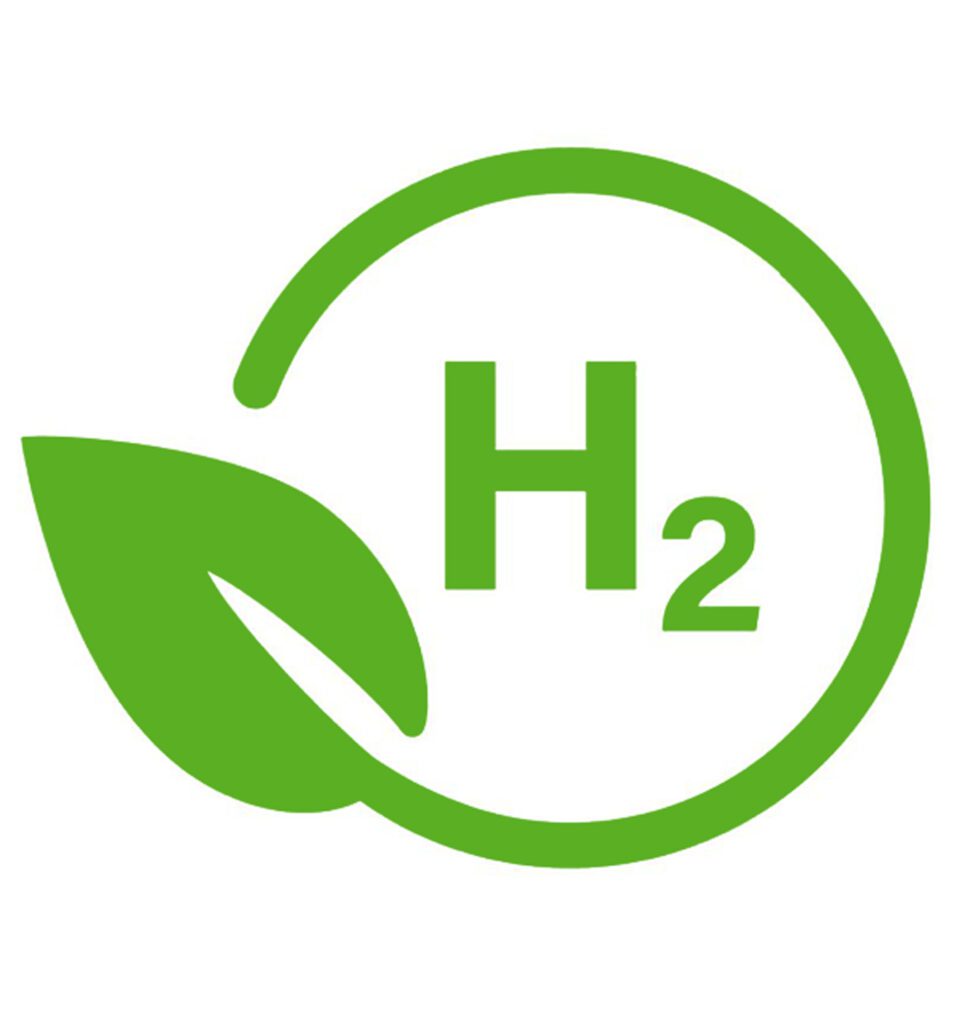


Green Hydrogen
It is the energy of the future and is an essential tool to replace fossil fuels. Green Hydrogen is produced by breaking down the water molecule (H2O) into oxygen (O2) and hydrogen (H2) by a direct electrical current that is connected by electrodes to water. When electrolysis is performed with renewable energy, this is the most sustainable method of production and is then called Green Hydrogen. Green Hydrogen is suitable for many hard to decarbonise sectors such as iron ore, steel, fertilizers, refining and transportation. It’s specifically suitable to use in the Power-to-Liquid process while producing Sustainable Aviation Fuel.






Sustainable Aviation Fuel
Sustainable Aviation Fuel (SAF) is a liquid drop-in fuel that is replacing Jet Fuel in the aviation sector. SAF can be produced from different sources of feedstock and each pathway has to be approved by the American Society for Testing and Materials (ASTM) International. SAF reduces CO2 emissions substantially compared with traditional Jet Fuel. Synthetic aviation fuel or the so-called Power-to-Liquid process combined with Green Hydrogen reduces the Carbon Intensity the most. 100% drop-in SAF is the ultimate objective to save infrastructure and logistics cost for the aviation industry. The SAF Carbon Emissions are measured by the Carbon Offsetting and Reduction Scheme for International Aviation (CORSIA) and is promoted by IATA.
Sustainable Aviation Fuel
Sustainable Aviation Fuel (SAF) is a liquid drop-in fuel that is replacing Jet Fuel in the aviation sector. SAF can be produced from different sources of feedstock and each pathway has to be approved by the American Society for Testing and Materials (ASTM) International. SAF reduces CO2 emissions substantially compared with traditional Jet Fuel. Synthetic aviation fuel or the so-called Power-to-Liquid process combined with Green Hydrogen reduces the Carbon Intensity the most. 100% drop-in SAF is the ultimate objective to save infrastructure and logistics cost for the aviation industry. The SAF Carbon Emissions are measured by the Carbon Offsetting and Reduction Scheme for International Aviation (CORSIA) and is promoted by IATA.



Ethanol
Also called ethyl alcohol, grain alcohol, drinking alcohol, simply alcohol or EtOH is an important industrial ingredient used in the pharmaceutical, chemical, drinking alcohol industry. The largest single use of ethanol is as an engine fuel and fuel additive and can bemixed in petrol up to 27% without engine modifications to reduce carbon emissions or 100% in flex-fuel cars. Other potential and promising uses include mixing in diesel and running of DG-Sets.
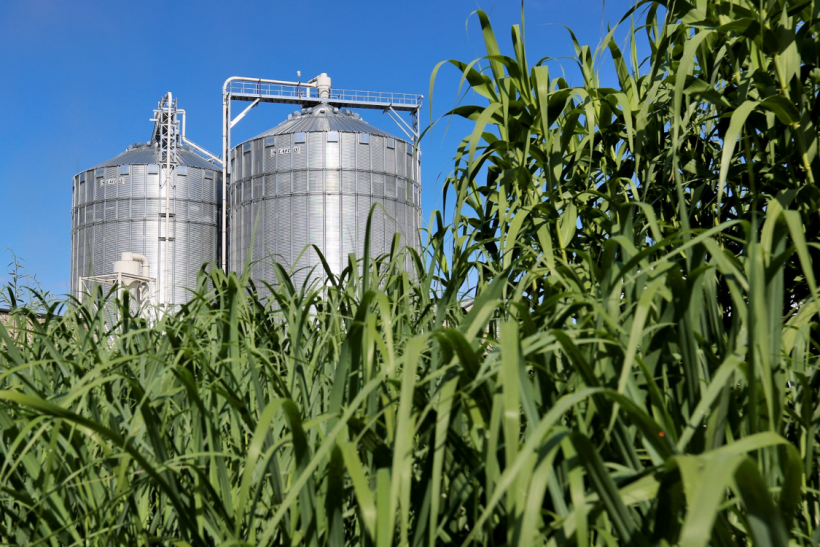

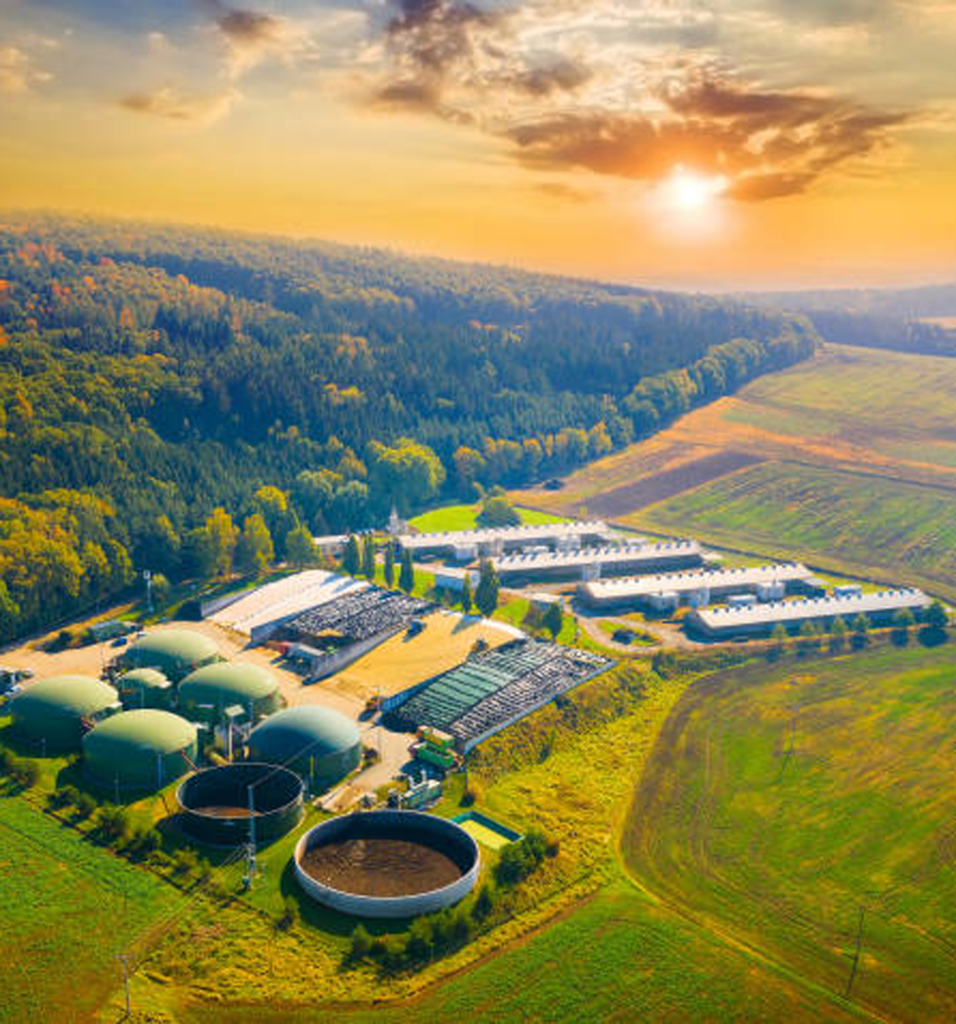


Compressed Biogas (CBG)
Compressed Biogas is biogas that has been upgraded and purified and compressed with more than 90% methane content. Biogas is produced via an anaerobic digestion process from biomass, wastewater or other organic waste sources. It is an advanced biofuel for transportation and vehicles can easily be retrofitted to use this biofuel. CNG-powered vehicles have lower maintenance costs and improved economics compared to traditional petrol-powered vehicles. Refined biogas can also be distributed to customers in the conventional gas pipeline system and is then called Renewable Natural Gas (RNG).
Compressed Biogas (CBG)
Compressed Biogas is biogas that has been upgraded and purified and compressed with more than 90% methane content. Biogas is produced via an anaerobic digestion process from biomass, wastewater or other organic waste sources. It is an advanced biofuel for transportation and vehicles can easily be retrofitted to use this biofuel. CNG-powered vehicles have lower maintenance costs and improved economics compared to traditional petrol-powered vehicles. Refined biogas can also be distributed to customers in the conventional gas pipeline system and is then called Renewable Natural Gas (RNG).



Alternative Protein
Food security is an ongoing concern in India and across the MEA region, so a sustainable, alternative protein is of great value. Repurposing of our biorefinery for the production of high-quality animal-free protein is paramount to combat malnutrition. We believe that every person can benefit from protein thats more delicious, nutritious, affordable and sustainable. The high value protein can be infused in the food value chain to improve the diets of a largely vegetarian country in India. At full capacity our bio-refinery would be the largest producer of alternative protein in the world aiding the fight against malnutrition and hunger.


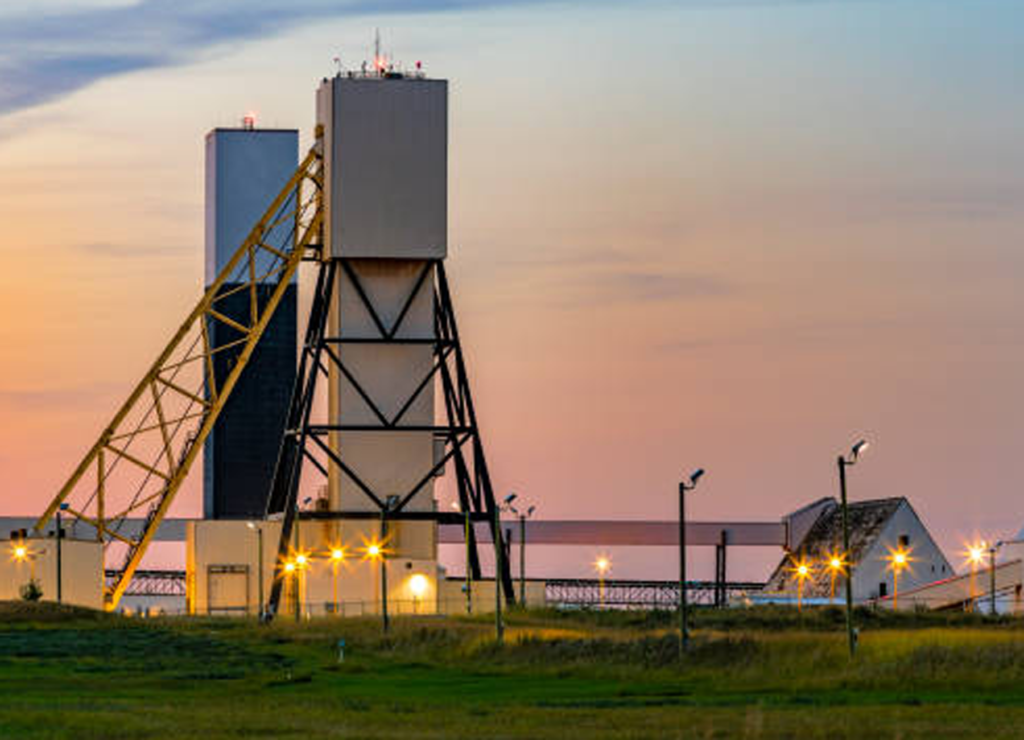


Bio-Potash
This Bio-Potash is natural and refined from the purest source of sugar cane and contains a higher potash content as K2O. The general advantage of Bio-Potash compared to most organic fertilizers is that the high content of fulvic acid allows the plant to absorb the nutrients faster with improved growth rate and reduced life cycle cost during the plantation process compared with synthetic fertilizers.
Bio-Potash
This Bio-Potash is natural and refined from the purest source of sugar cane and contains a higher potash content as K2O. The general advantage of Bio-Potash compared to most organic fertilizers is that the high content of fulvic acid allows the plant to absorb the nutrients faster with improved growth rate and reduced life cycle cost during the plantation process compared with synthetic fertilizers.



Distiller's Dried Grains Solubles (DDGS)
DDGS is a major nutrient and high protein rich co-product of dry-milled ethanol production and used as an animal feed ingredient. It is documented as both an energy and a protein supplement suitable as feed for cattle, dairy cows, poultry and fish. DDGS have an almost indefinite shelf life and may be shipped to any market regardless of its proximity to the ethanol plant.
DDGS are typically sold locally in wet form of around 50 percent moisture and for longer distances, DDGs are dried to about 10 percent moisture to reduce weight. Value-additive innovation continues including the growing use of pelletized DDGs. Pellets provide a storable, easily handled form of DDGs that are compressed into small nuggets that can be bagged or shipped in bulk.
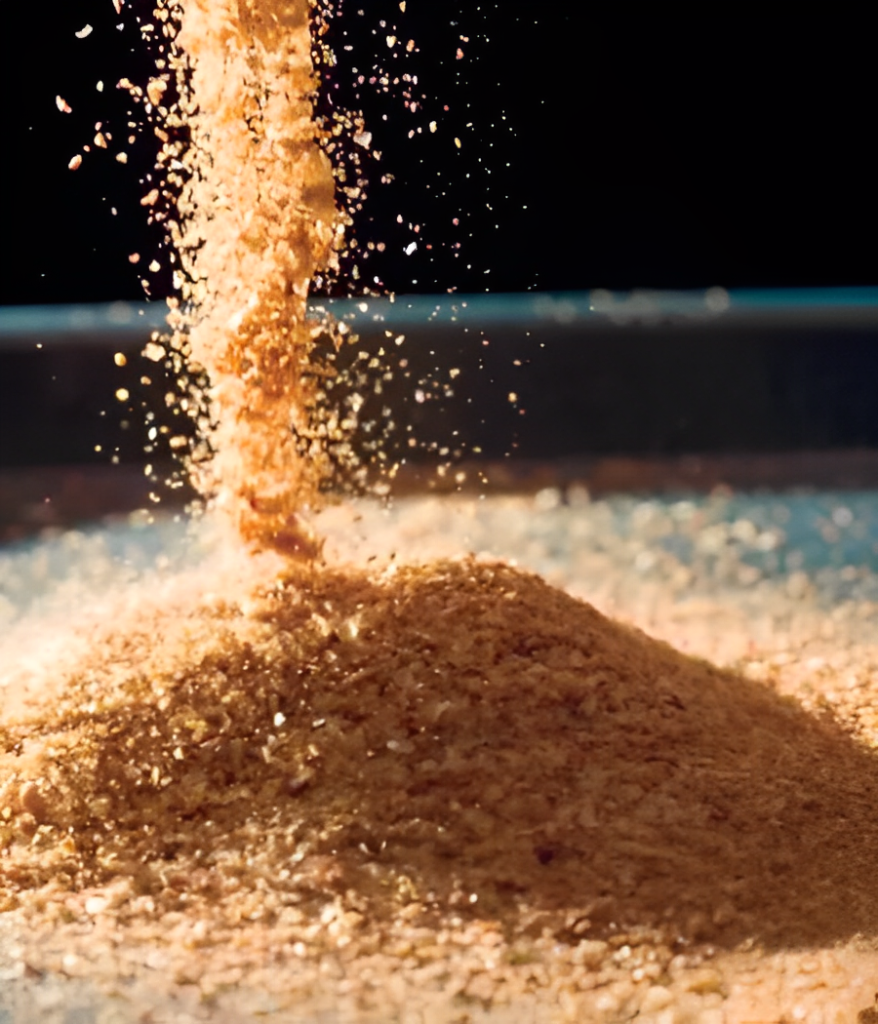

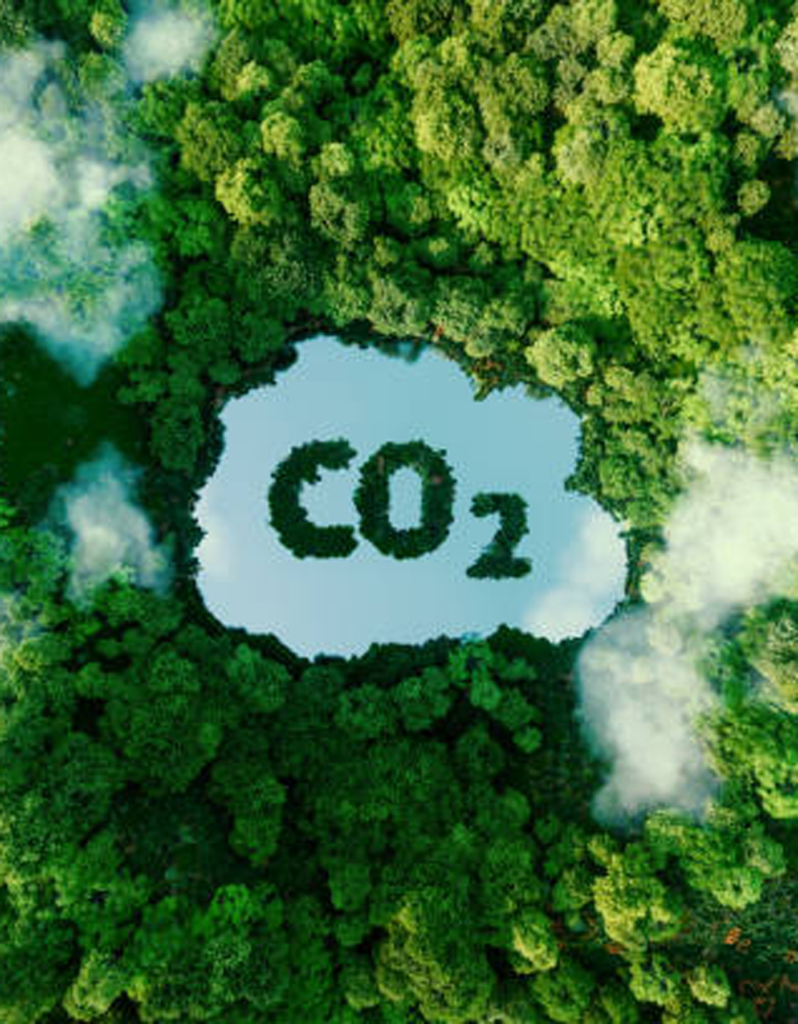


Carbon Credits
The ultimate goal of carbon credits is to reduce the emission of greenhouse gases into the atmosphere by creating a market in which companies can trade in emissions permits. A carbon credit (also called carbon offsets) represents the right to emit greenhouse gases equivalent to one ton of carbon dioxide. According to the Environmental Defense Fund, that is the equivalent of a 2,400-mile drive in terms of carbon dioxide emissions.
There is strong demand for high-integrity carbon credits that can demonstrate genuine and additional greenhouse gas reductions and removals that go above and beyond what can otherwise be achieved. Our carbon offsets will contribute to climate resilient development that is measurable and verifiable emission reductions.
Carbon Credits
The ultimate goal of carbon credits is to reduce the emission of greenhouse gases into the atmosphere by creating a market in which companies can trade in emissions permits. A carbon credit (also called carbon offsets) represents the right to emit greenhouse gases equivalent to one ton of carbon dioxide. According to the Environmental Defense Fund, that is the equivalent of a 2,400-mile drive in terms of carbon dioxide emissions.
There is strong demand for high-integrity carbon credits that can demonstrate genuine and additional greenhouse gas reductions and removals that go above and beyond what can otherwise be achieved. Our carbon offsets will contribute to climate resilient development that is measurable and verifiable emission reductions.



